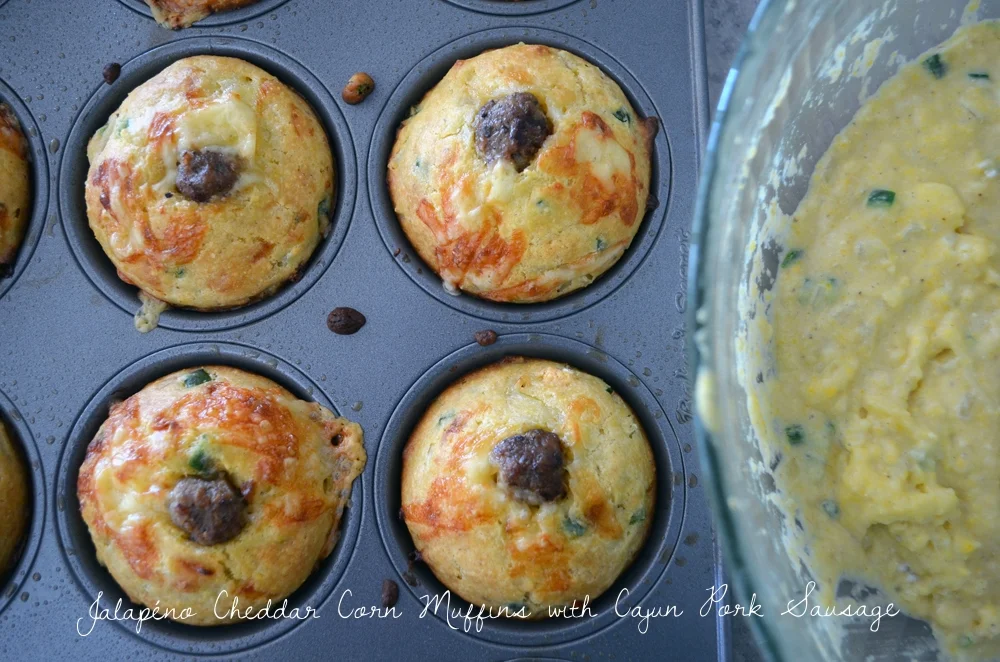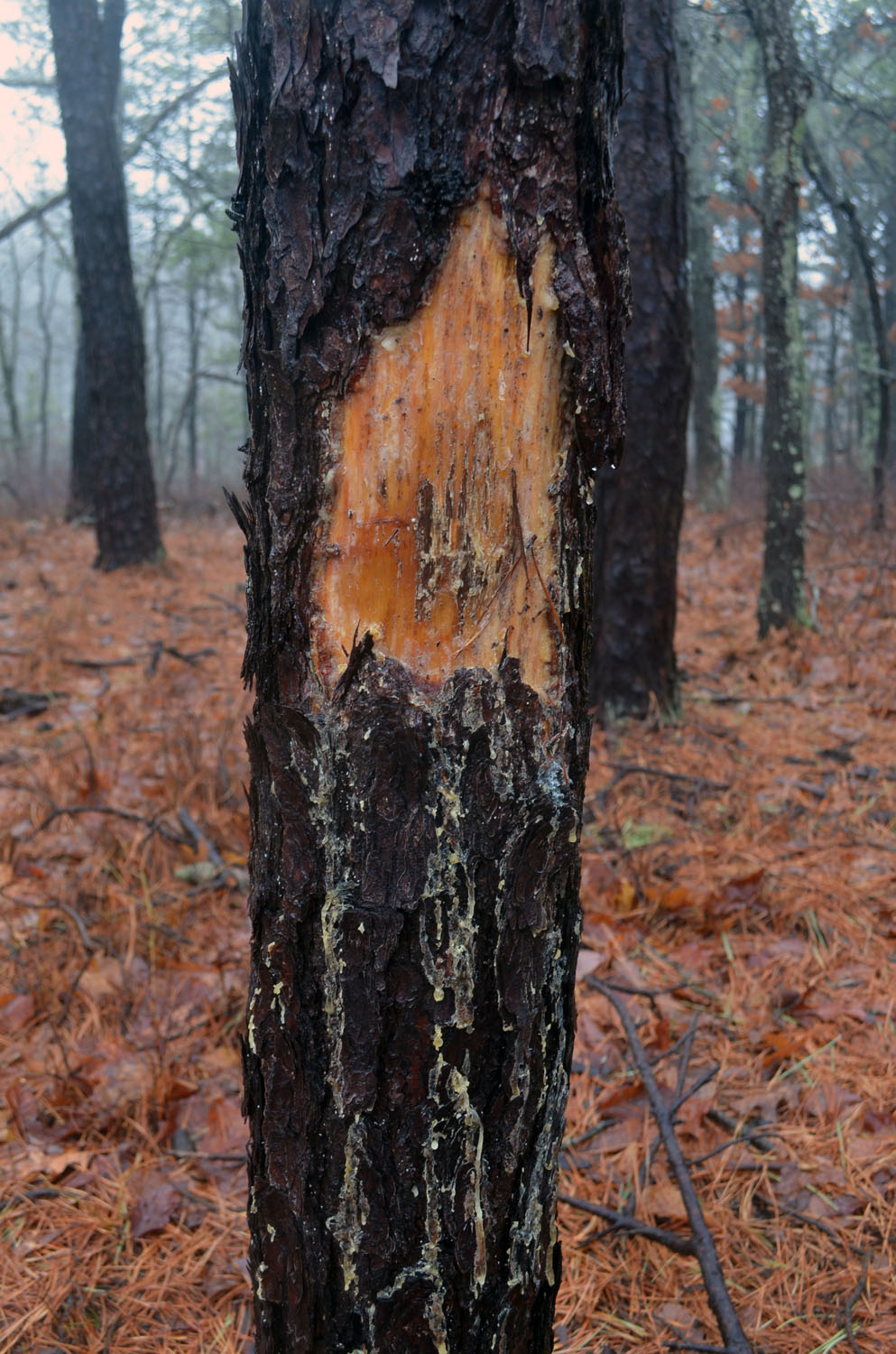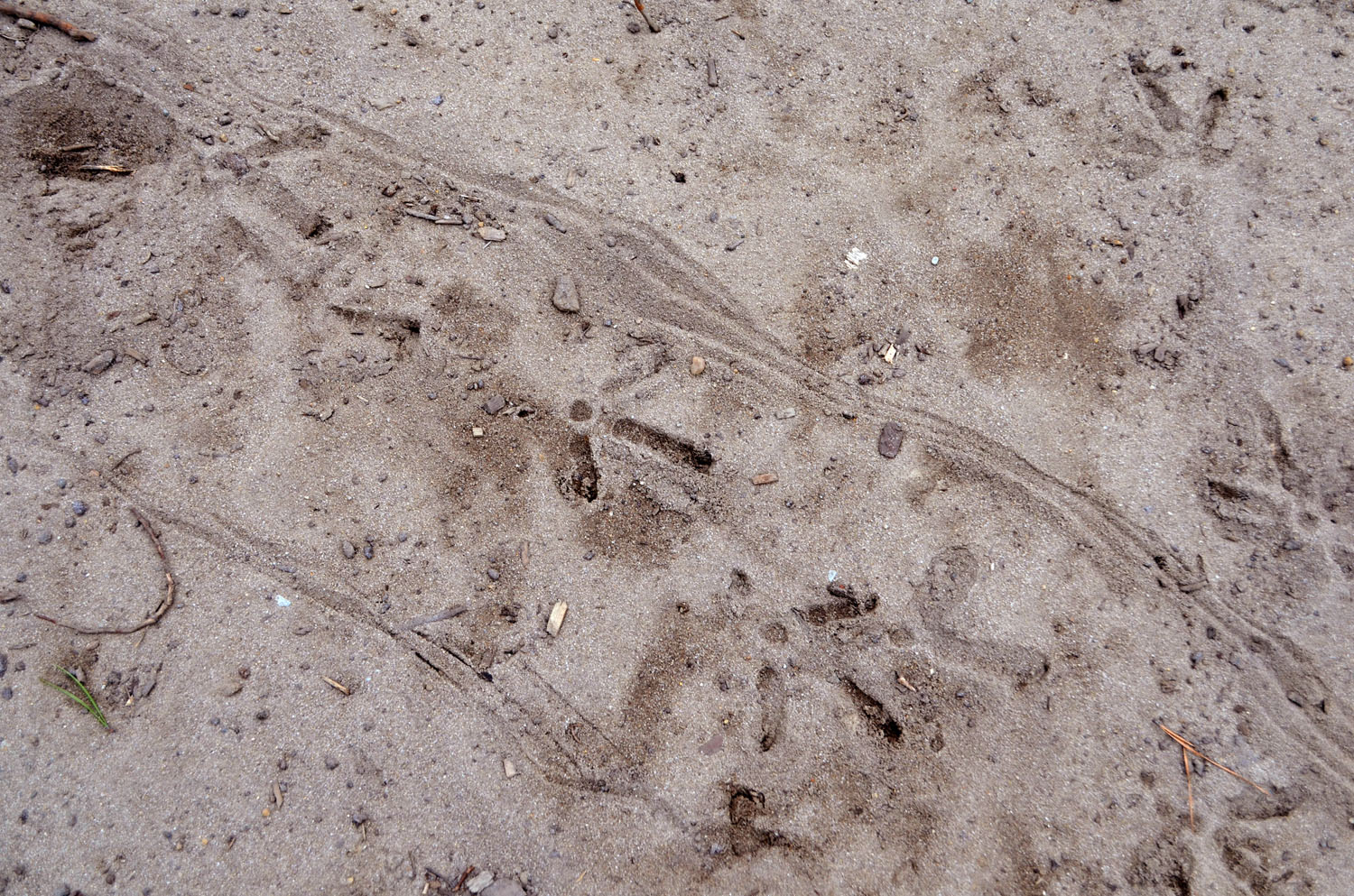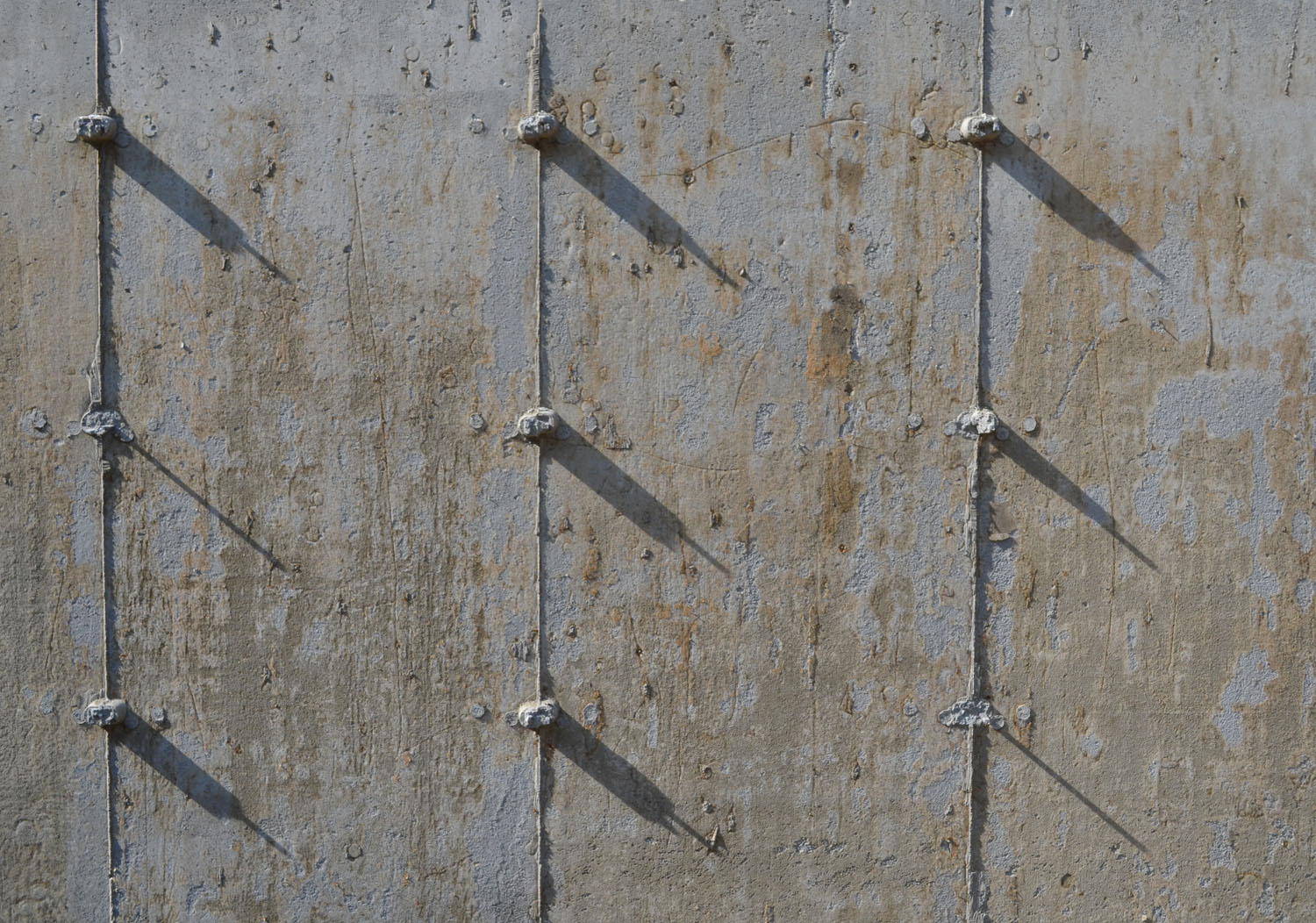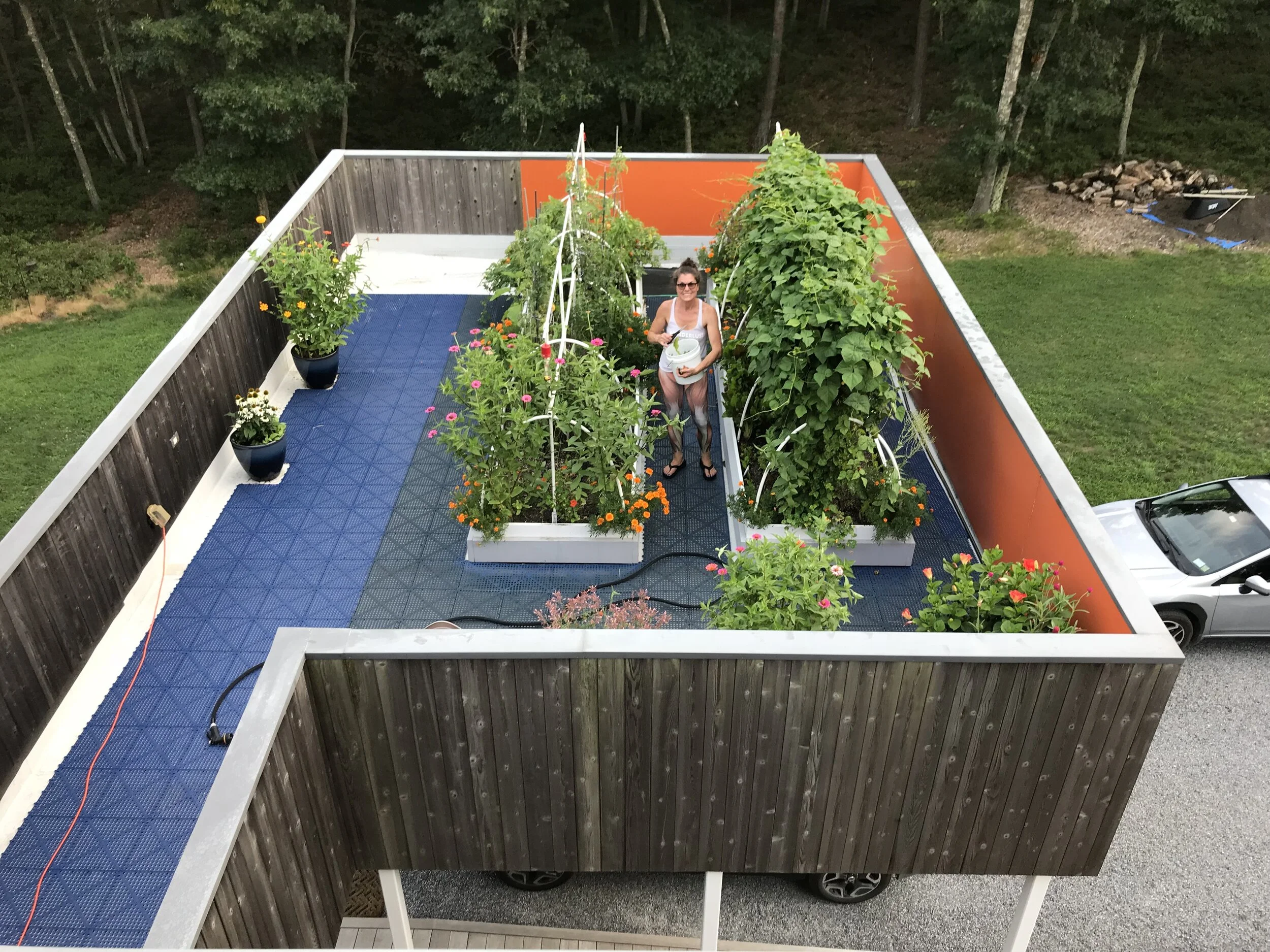Will Native Planting Join the Popular Ranks of All Things Sustainable?
/Getting to know your farmer or fisherman and eating locally are concepts that have finally taken a foothold within society. I like to build relationships with my edible community because food is medicine and it nurtures my well-being. Where did this chicken come from is not a mystery anymore, nor should it be. Another important part to this healthy ecosystem is native planting and modern homesteading. Do you know that using native plants in your landscape is good for you, your community, and for wildlife? And what about modern homesteading? The concept of modern homesteading is different for all of us. For me, it means taking the steps to live a healthier and more sustainable way of life, in your community and at your own home. The ecological benefits start with you and extends beyond your property.
Within all of us is a modern homesteader. How many of you are avid gardeners? grow your own food? keep chickens for eggs? I bet the majority of you are recycling (I hope), composting, and maybe even embracing alternative energy solutions for your house. And hopefully soon, native planting will join the popular ranks of all things sustainable.
Modern Homesteading: Your Property, Your Energy, Your Choice. This phrase describes my sustainable home, Sheridan Green, in Hampton Bays, and was coined by my architect husband Chris of Christopher Jeffrey Architects. Our home recently achieved a Tier 3 Energy Star Rating. So what does that mean? A home that has been Energy Star certified means it has been designed, constructed, and independently verified to meet the rigorous requirements for energy efficiency set by the U.S. Environmental Protection Agency (EPA), including: thermal enclosure system, water management system, heating and cooling, and ventilation system, and energy efficient lighting and appliances. On a scale from 0 (most efficient) –140 (less efficient), Sheridan Green received a HERS rating of 15 (0-20 is the best rating for energy star—Tier 3). There is on-site rainwater containment for the edible rooftop garden (I see a lot of canning in our future), and eventually: chickens for eggs, manure for the gardens, and tick maintenance and beekeeping for the pollination of native plants and luscious honey.
Last year, I attended the Long Island Native Plant Initiative (LINPI) annual native plant sale, and researched plants for our property. In 2011, LINPI was founded with a mission: to protect the genetic integrity and heritage of Long Island native plant populations and thus biodiversity from a landscape to genetic level, by establishing commercial sources of genetically appropriate local (ecotypic) plant materials for use in nurseries, landscaping, and habitat restoration activities. I quickly learned that native grasses and plants would help sustain native birds, insects and wildlife. Sounds like a win-win situation to me. Who wouldn’t want to plant natively?
Polly Weigand, Executive Director and founder of LINPI, and Soil District Technician for Suffolk County Soil and Water Conservation District, visited with Chris and I at Sheridan Green to review our landscaping plan, and recommended a variety of native plants—edible and non-edible—that would grow well in sandy soil. When the excavation of the property was complete, we mulched all the pine trees that were used for soil stabilization during the building process, and kept the oak trees for firewood. Polly addressed the areas within the landscape that are at high risk for erosion, and suggested a low ground fescue grass, and wildflower grass to stabilize the soil. When I asked Polly about the low, clumped, grass-like clusters scattered on the property, she enthusiastically said, “Pennsylvania sedge!” These perennial plants resemble grasses, 6-12-inches high and the foliage is pale-green in spring and summer, and turns sandy-tan in the fall. This sedge prefers light-textured soils (like our property), and is resistant to deer grazing, bonus! “Dividing and replanting the sedge that is already thriving on your property is the way to go,” says Polly. She then pointed out the blueberry and huckleberry bushes that are in the wooded areas. I ignorantly rejoiced, “Sweet!” How can I have not known I was sitting in berry heaven?
On the north side of the property, a pine tree with an exposed patch of underlying wood was dripping pinesap from the edges of the bark. Of course I was curious and later found out the bark was rubbed off by a buck. The white-tailed deer rub their antlers against the trees to remove velvet, while marking their territory during the breeding season. Everyone who lives on the East End of Long Island knows the day-to-day struggles with the deer; farmer’s crops and home gardens destroyed in one munch-fest. I know there will be a lesson—or two—in my future of such heartache, but I am still determined to plant a small fruit orchard between the yoga studio and the house. Polly suggested Shinnecock beach plum trees, apple trees, pear trees, and raspberry and blackberry bushes. I know the deer will take one look at my young orchard and think, “deer buffet, all you can eat.” This is why we have an edible rooftop garden. Fencing the trees will be the best course of action until they grow to a height that deer pruning is welcome. Wishful thinking?
Deer are not the only wildlife frolicking on our property. Recently, I found thousands of wild turkey tracks—toe prints 4-6-inches long, combined with wing drags—surrounding the house in swirling patterns. Early spring is mating season for turkeys and the male struts his stuff to look bigger by: fanning his tail, fluffing his feathers, and dragging his wing tips to attract a harem. I did not see this mating ritual, but thrilled my property is considered a safe haven for “gobbulation” and pro-creation.
The retaining concrete wall that is south of the driveway and house will warrant a contrast of soft native grasses like big bluestem, purple lovegrass, Indiangrass, and switchgrass. To attract butterflies, bees, and birds we are considering: smooth blue aster, black-eyed susan, narrow leaved mountain mint, and a northern bayberry shrub for migrating birds to feast on the waxy seeds. The north side of the graveled driveway will have a row of birch trees and lavender (attracts bees) leading up to the entranceway. The courtyard has a large concrete wall that will be home to a vine like: hops, Virginia creeper, or if so ambitious, an espalier fruit tree. Espalier is the practice of controlling woody plant growth for the production of fruit, by pruning and tying branches to a frame, frequently in formal patterns, flat against a structure such as a wall, fence, or trellis.
The rooftop above the carport is the edible garden. A young fig tree that was cultivated by my father’s ginormous tree in East Quogue is the first fruit to kick-off our garden and is already budding. This past summer, the tree produced six figs; I cannot wait to see how many we will get this year. There will be a variety of vegetables and fruits, notably heirloom tomato varieties from Stephanie Gaylor of Invincible Summer Farms. Their mission is to preserve biodiversity by seed saving and maintaining their seed bank with well over 6,000 crop varieties. The farm grows over 350 different tomato varieties every single year, and I'm honored to add a few to our garden. I bet, Invincible Summer Farms and Long Island Native Plant Initiative collaborate on an edible native seed bank; seems like a natural fit to me.
Native planting is just another piece of the ecological balance within our communities. Sheridan Green is my modern homestead, a journey to all things sustainable.
The Long Island Native Plant Initiative annual plant sale is on June 6 to 8 and June 13 to 15, from 9 a.m to 1 p.m. at the Suffolk County Community College Greenhouse in Riverhead, NY

